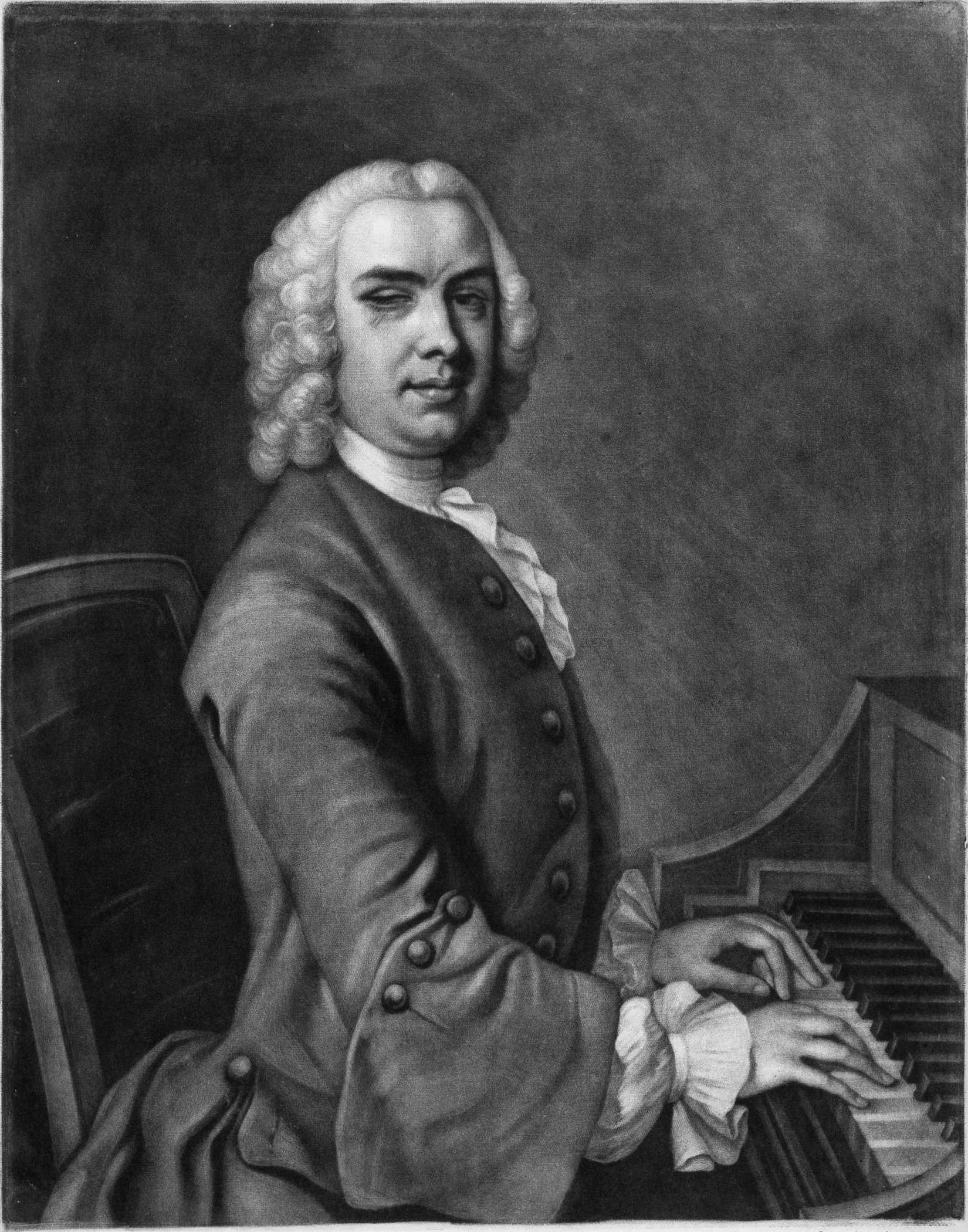Here is another piece I wrote for the March edition of Organ Australia, focusing on one volume of the voluntaries of John Stanley. One of the frequent requests among organists is a steady source of suggestions for service music for the modestly capable, along with pointers to how to source scores without laying out too much money.
The internet is a useful place for organists, with the rise of popular websites such as the Choral Public Domain Library, Mutopia, Project Gutenberg and the International Score Library Project. The underlying principle of all of these web sites is to make music available free of charge through scans of public-domain printed editions, or allowing editors to share their work through creative commons licensing. One can now browse the complete Bach Gesellschaft, along with other nineteenth-century monumental editions for a wide range of composers. It is possible to listen to Beethoven’s symphonies with the aid of a full score, or to check the variants of Chopin’s piano pieces by reference to a range of editions, all without leaving one’s desk. With the aid of Wikipedia, a willingness to brave the blogosphere, and enough of a sense of adventure to look up material through Google Books, one almost need never consult the Grove as the first port of call for authoritative commentary (although that is now online, too).
One of the shortcomings of these highly popular websites is that they assume that the user is well-informed about what they are looking for. There is no indexing of scores into levels of difficulty, or whether the music suitable for specific purposes. With this in mind, I went in search of music that would be useful to an organist of middling skills, who might be looking for something tuneful, but expressive of a variety of moods, to play at church services. This necessitates music that would be suitable for a prelude, containing short movements that could be lifted out for use at the offertory, and quieter pieces for communion, along with more exuberant pieces for the postlude.
Being in a bit of an eighteenth-century mood at the time of writing this column, I did a quick survey of IMSLP for the voluntaries of John Stanley (1713-86). Blind from the age of two years, Stanley published three volumes of organ voluntaries, each containing ten works. His style is interesting, as he incorporated a number of influences that were abroad in London during his lifetime, and his voluntaries present a wide range of forms, including slow-quick two-movement voluntaries, where the second movement has a slightly operatic feel, preludes and fugues and multi-movement pieces that follow the shape of the concerto grosso. I am familiar with these pieces from Denis Vaughan’s facsimile edition, but the IMSLP scores are a freshly edited production that preserves some of the flavour of the original scores while following present-day conventions. The texture of almost all of the voluntaries is two to three voices, easily managed by a player of intermediate capabilities.
A good starting point for exploring Stanley’s music is the Opus 6 Voluntaries. Here you will find a wide range of pieces expressing the right mood for a variety of liturgical situations. Each voluntary starts with a slow movement, usually for the Diapasons, or foundation stops, although these movements can work equally well on 8 and 4 foot flutes for an alternative colour. The faster movements feature a flashy solo colour, such as a cornet or trumpet, with a quieter accompaniment on a secondary manual. If you don’t have the mutations for a cornet, or lack fiery reeds (or a vox humana, for that matter), don’t be discouraged: these voluntaries were written for organ or harpsichord, and in practice all they call for is a clear, bright sound. If you choose your registration carefully, these pieces work effectively on a single manual.
Some of the voluntaries work well as a larger unit for a particular purpose: for example, Voluntary 1 could be effective for a prelude, or at communion, because both movements are relatively subdued, and the first movement has an ‘open’ ending that invites continuation. By contrast, Voluntaries 2, 3 and 4 could be treated as separate pieces, as the two movements of each have ‘closed’ endings. Voluntaries 5 and 6 have three and four movements respectively, opening with a diapason movement, followed by a trumpet piece, then a slower movement calling for soft colours and (in Voluntary 6) a further quick movement on the swell flutes. Voluntaries 7, 8, 9 and 10 are prelude and fugue sets, which could be used together for a festal service prelude, or as a general postlude. Equally, one could take the shorter movements for an exuberant offertory. Whatever you do, people will be humming the tunes for the rest of the week.

No comments:
Post a Comment